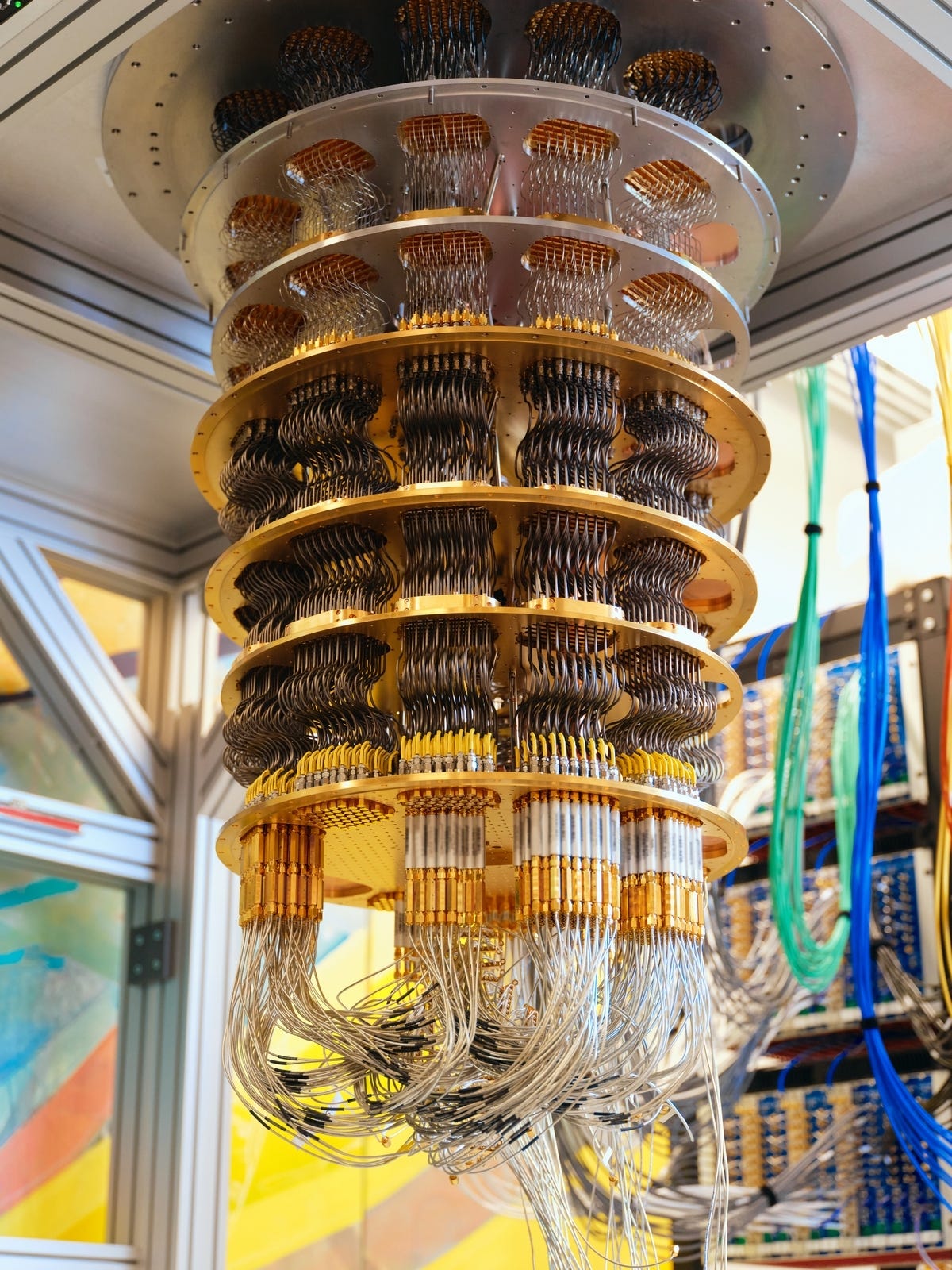Blockchain technology is often celebrated for its decentralized nature, but what happens when the community behind a blockchain disagrees on its future direction? Enter forks — a critical mechanism that allows blockchain networks to evolve, adapt, and innovate without centralized control. Forks are not just technical events; they are pivotal moments that reflect the decentralized ethos of blockchain, enabling communities to shape the future of their ecosystems.
This article explores the concept of forks, their types, and their significance in the blockchain space. Whether you’re new to crypto or a seasoned enthusiast, understanding forks is essential to grasping how blockchain technology evolves and thrives.
A fork occurs when a blockchain splits into two separate paths, much like a literal fork in the road. This happens when the community or developers behind a blockchain cannot reach consensus on how to move forward. The split can result from disagreements over scaling solutions, security updates, or the implementation of new features. Forks are a natural part of blockchain’s decentralized decision-making process, allowing communities to explore different directions without compromising the original network.
There are two primary types of forks: soft forks and hard forks. Each serves a distinct purpose and has unique implications for the network and its participants.
A soft fork is a backward-compatible upgrade to a blockchain’s protocol. Think of it as updating your phone’s operating system: the new version works with existing apps, and you don’t need to buy a new device. In blockchain terms, a soft fork introduces changes that are compatible with the existing rules of the network. Nodes that do not upgrade can still participate but will operate under the updated protocol.
Soft forks are typically used for minor improvements or bug fixes. For example, Bitcoin’s Segregated Witness (SegWit) upgrade was a soft fork designed to increase the block size limit and improve transaction efficiency. It allowed the network to evolve without requiring all participants to switch to a new blockchain.
A hard fork, on the other hand, is a more dramatic and permanent divergence from the original blockchain. It creates two separate networks, each following its own set of rules. Nodes that do not upgrade to the new rules remain on the old chain, while those that adopt the changes move to the new one.
Hard forks often result from fundamental disagreements within the community. A well-known example is the split between Bitcoin and Bitcoin Cash in 2017. The debate centered on how to scale Bitcoin: one faction advocated for increasing the block size, while the other preferred alternative solutions. The disagreement was so profound that a hard fork became the only viable path forward. Today, both chains coexist, each with its own community and use cases.
Forks are more than just technical events; they are a reflection of blockchain’s decentralized philosophy. Unlike traditional systems, where decisions are made by a central authority, blockchain empowers its community to drive innovation and resolve conflicts. Forks enable experimentation, allowing networks to explore new ideas and adapt to changing needs.
For beginners, forks may seem like a sign of instability or conflict. However, they are actually a hallmark of a healthy, evolving ecosystem. Forks demonstrate the flexibility and resilience of blockchain technology, ensuring that no single entity can dictate its future.
For experienced participants, forks present opportunities to engage deeply with the technology. They invite developers, investors, and enthusiasts to contribute to the decision-making process, shaping the direction of the network. Forks are a reminder that blockchain is as much about community as it is about code.
At their core, forks are about people. They represent communities navigating complex challenges, balancing innovation with stability, and reconciling differing visions for the future. Just like a family debate over guacamole recipes, forks highlight the importance of collaboration, creativity, and compromise in decentralized systems.
Forks also underscore the democratic nature of blockchain. They allow individuals to voice their opinions, vote with their actions, and ultimately decide which path to follow. This process ensures that blockchain remains a truly decentralized and inclusive technology.
Forks are an integral part of blockchain’s DNA. They enable networks to adapt, improve, and remain relevant in a rapidly changing world. Whether you’re a newcomer or a seasoned participant, understanding forks is key to appreciating how blockchain technology evolves and thrives.
The next time you hear about a fork in the blockchain world, don’t view it as a technical glitch or a sign of trouble. Instead, see it as a moment of growth — a testament to the power of decentralized decision-making and the resilience of blockchain communities. After all, blockchain is as much about people as it is about technology, and that’s what makes it so revolutionary.
By embracing forks, we embrace the spirit of innovation and collaboration that drives the blockchain space forward. So, the next time you’re at a dinner party and someone brings up blockchain, you’ll have more to contribute than just “HODL” or “to the moon.” You’ll be able to explain how forks work, why they matter, and perhaps even share a guacamole analogy to make it all stick.
Applicative Dreamers
The digital organic marketer for web3 projects
Linktree: https://linktr.ee/applicativedreamers

 7 months ago
58
7 months ago
58


 English (US) ·
English (US) ·